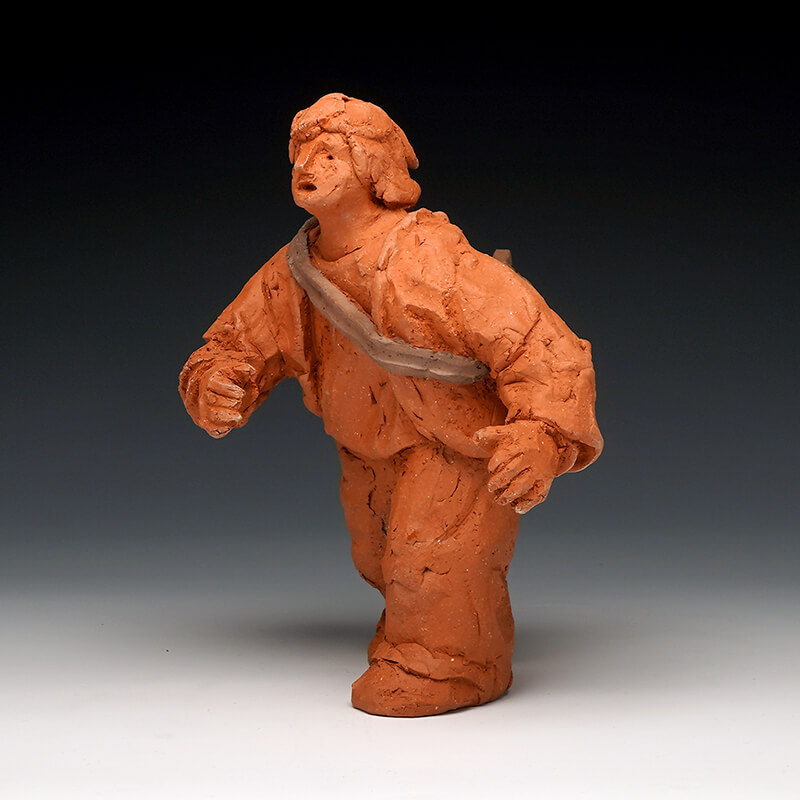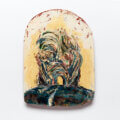
Red Lodge Clay Center – Short-Term Resident 2023 (ASPN)
Diane Sung is currently earning a BFA in Ceramics at the Kansas City Art Institute in Kansas City, MO. In 2022, she received a scholarship through the Windgate University Fellows Program to attend a workshop at the Arrowmont School of Arts and Crafts in Gatlinburg, TN. Diane has also received scholarships from the Ford Foundation and has artwork included in the Ken Ferguson Teaching Collection at KCAI. She has shown work at the Leedy-Voulkos Art Center and the Kansas City Arts Coalition, both in Kansas City, MO.
Her work is driven by the complexities of the human experience with language and she seeks to explore these narratives in her sculptures. Having grown up in a bilingual environment, learning about other languages to further enlarge her perspective on the world is her greatest passion outside of the visual arts.
My work focuses on the figure’s relationship with environments and written language. I look for moments of distortion in between languages and represent the process of translation through abstracted letterforms. I believe that there’s an intimate connection between the spaces we occupy, the words we use, and the lives we live.
In my work, figures take a crucial role in activating a space. The addition of even a remotely human presence has the ability to make something inhabited. Space becomes place. I create scenes that record how people react to their environments; they confront or circumvent space to make their own place in their world. Small figures confront large abstract walls or wade through a maze of distorted letterforms.
I choose to work in clay because it can manifest my thoughts with a visceral dimensionality. The modularity of letterforms allows for endless iterations, and my work is a pursuit to understand the potential of these forms. Language is a structure that governs what spaces one has access to. People speak of “language barriers”, because it can present such a formidable obstacle to understanding when approached as an outsider. Different ways of talking also create different shapes in one’s mouth when code-switching. I’m personally fascinated with how this is visually represented and where it does not perfectly correlate with original intent. This disconnect is visualized in my work by overlaying and compounding fragmented letters until the original words are transformed. They exist in a liminal space between meaning and nonsense.












